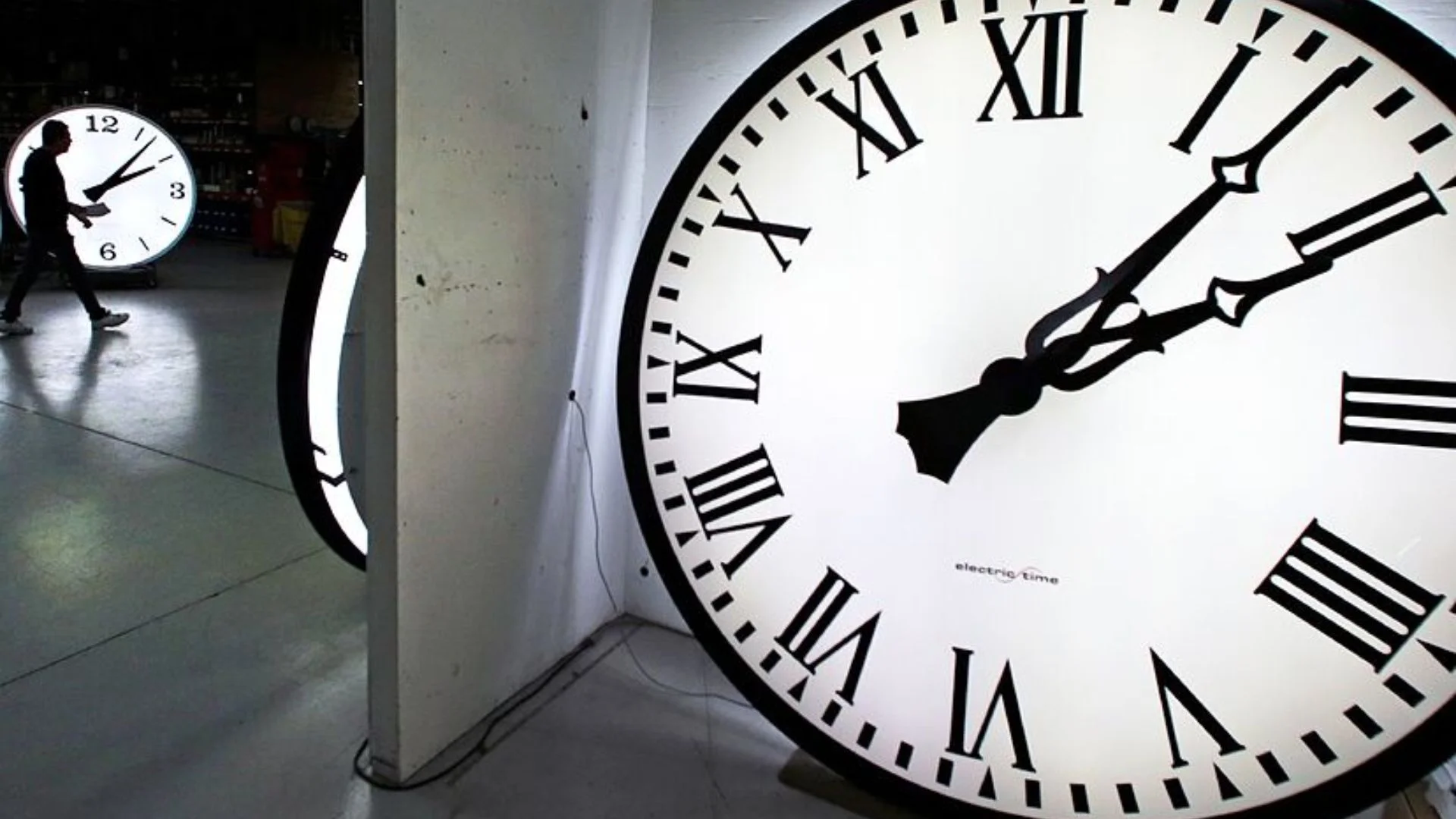Extra Hour of Sleep Coming, But Darkness Follows
Millions of Americans are set to enjoy an extra hour of sleep as daylight saving time comes to an end on November 3. At 2 a.m. on that Sunday, clocks will roll back by one hour, so be sure to reset them before bedtime. However, the change also means earlier sunsets, which can disrupt daily routines and affect mood, especially for those with seasonal affective disorder (SAD).
Health Impacts and Calls for Change
Standard time will remain in effect until March 9, when daylight saving time resumes. While many find the autumn change easier to adapt to, the shift to springtime can lead to challenges, including disrupted sleep patterns and increased health risks. Studies suggest a rise in heart attacks and strokes during the spring transition.
Several health organizations, including the American Medical Association and the American Academy of Sleep Medicine, advocate for a permanent switch to standard time, claiming it better aligns with natural circadian rhythms. In 2023, the American Academy of Sleep Medicine spearheaded a coalition seeking legislation for year-round standard time.
Understanding Daylight Saving Time
Daylight saving time (DST) lasts from March to November, during which most Americans set their clocks forward by one hour to gain extra daylight in the evenings. The shift back in November restores an hour to the morning, brightening winter mornings. In 2024, DST began on March 10, affecting most states, though Arizona and Hawaii remain on standard time year-round.
How Time Changes Affect Sleep
Even a one-hour change can disrupt sleep patterns, as work and school schedules remain unchanged. This shift can throw off the body’s circadian rhythm, affecting the release of melatonin, the hormone that promotes sleep. Many Americans already struggle with insufficient sleep, which can lead to fatigue, irritability, and long-term health issues like heart disease and obesity.
Tips for Adjusting to the Time Change
To help ease the transition, experts recommend:
- Gradually Adjust Bedtimes: Shift your bedtime slightly earlier in the days leading up to the change.
- Get More Daylight Exposure: Spend time outdoors in natural light, especially in the morning.
- Use a Sleep Mask: This can block light and improve sleep quality.
- Change Clocks the Night Before: Setting clocks back in the evening helps your body start adjusting naturally.
Future of Daylight Saving Time
There are ongoing discussions about permanently ending the time change, with the Sunshine Protection Act, a bipartisan bill, proposing to make daylight saving time permanent. However, health experts recommend maintaining standard time for better alignment with natural sleep cycles.
In the US, most states observe daylight saving time, while Arizona and Hawaii do not. Some Native American territories in Arizona do observe it, and US territories like Puerto Rico and Guam remain on standard time year-round.







